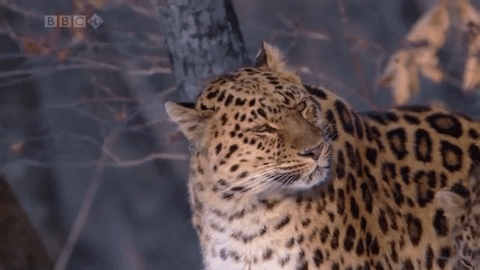
These creatures may be living on borrowed time: they’re some of the rarest animals on earth.
It may not be long before these species are just a memory. How many have you ever heard of?
Sumatran Rhinoceros

The smallest living rhino has more in common with extinct wooly rhinoceroses than our modern rhino species. Poached to near-extinction for their horns, the Sumatran rhino may soon be gone for good — Only about 100 individuals survive in small, fragmented populations in Indonesia.

Northern Bald Ibis
Once thought to be extinct, the Northern Bald Ibis was rediscovered in Syria in 2002, but remains critically endangered. According to Turkish legend, the ibis, a symbol of fertility, was one of the first birds released from Noah’s biblical arc. Now, only an estimated 200 to 249 mature individuals remain.
This unique bird is migratory and once thrived in barren, desert or rocky habitats across northern Africa, the Middle East, and central Europe.

Amur Leopard

This rare subspecies of leopard has adapted to live far from the jungle, in the Russian Far East. Prized by poachers for its beautiful spotted skin, there are now fewer than 100 Amur Leopards in the wild — the latest population estimates say less than 60 remain.
This beautiful big cat can run at speeds of 37 miles per hour, and has been reported to leap up to 19 feet horizontally and 10 feet vertically.

Pygmy Three-Toed Sloth
This slow-moving mammal can only be found on Isla Escudo de Veraguas, off the coast of Panama. Like all other sloths, this species is arboreal and depends on trees for shelter and food. Populations are falling due to deforestation of the mangrove trees where they live, and there are only 79 of these sloths left.
Pygmy sloths are significantly smaller than their normal-sized relatives, weighing an average of 5.5 to 7.7 pounds.

Addax
Also called the white or screwhorn antelope, the Addax once roamed all over Northern Africa. The species is known for its long, twisting horns that measure up to 33 inches.
Today there are thought to be only three individuals left living in the wild, in a preserve in Niger.





